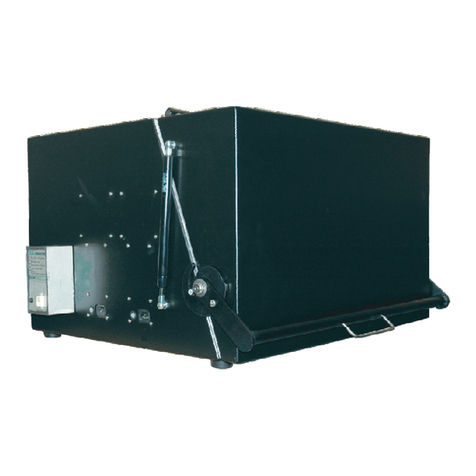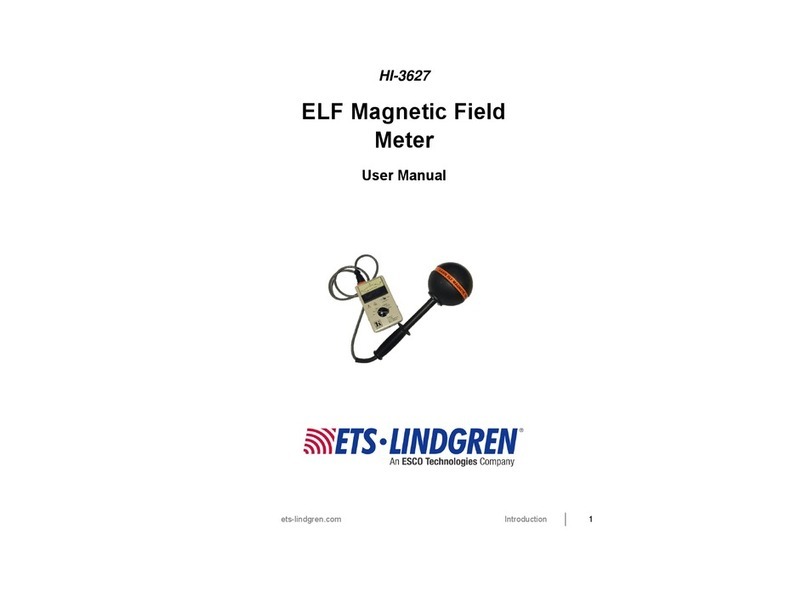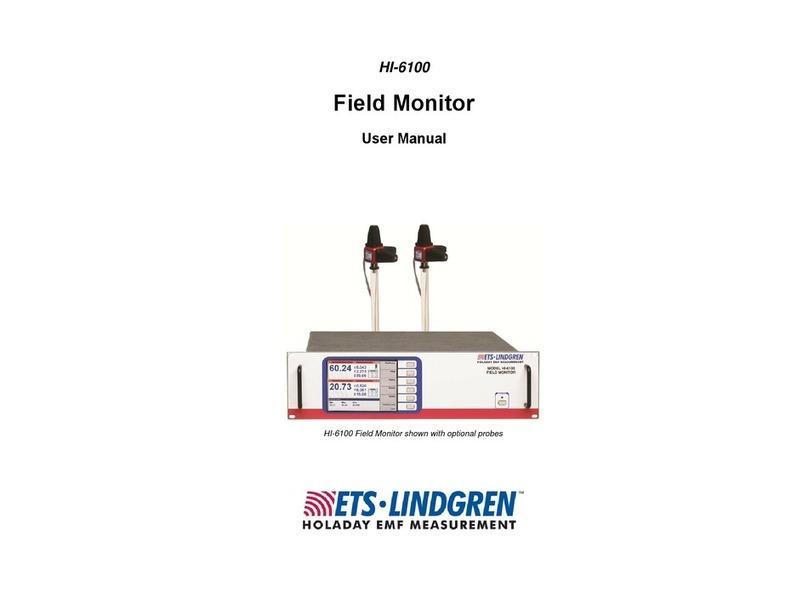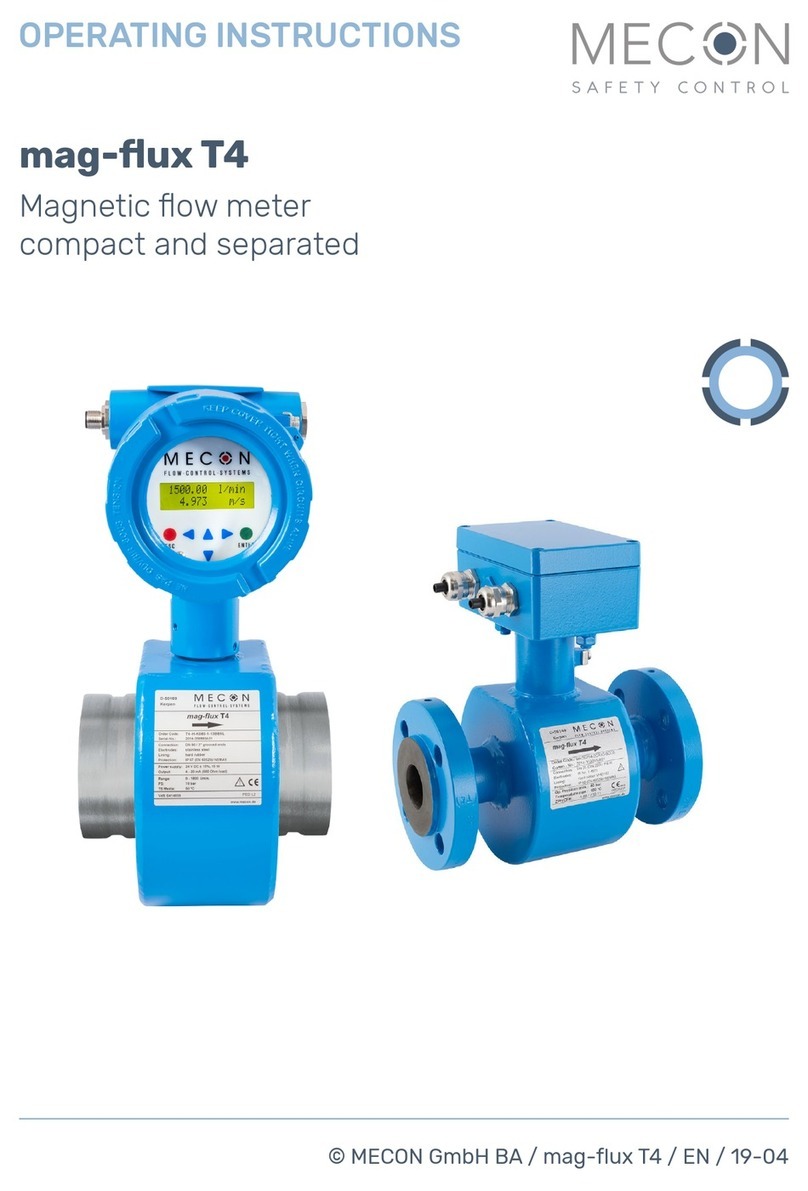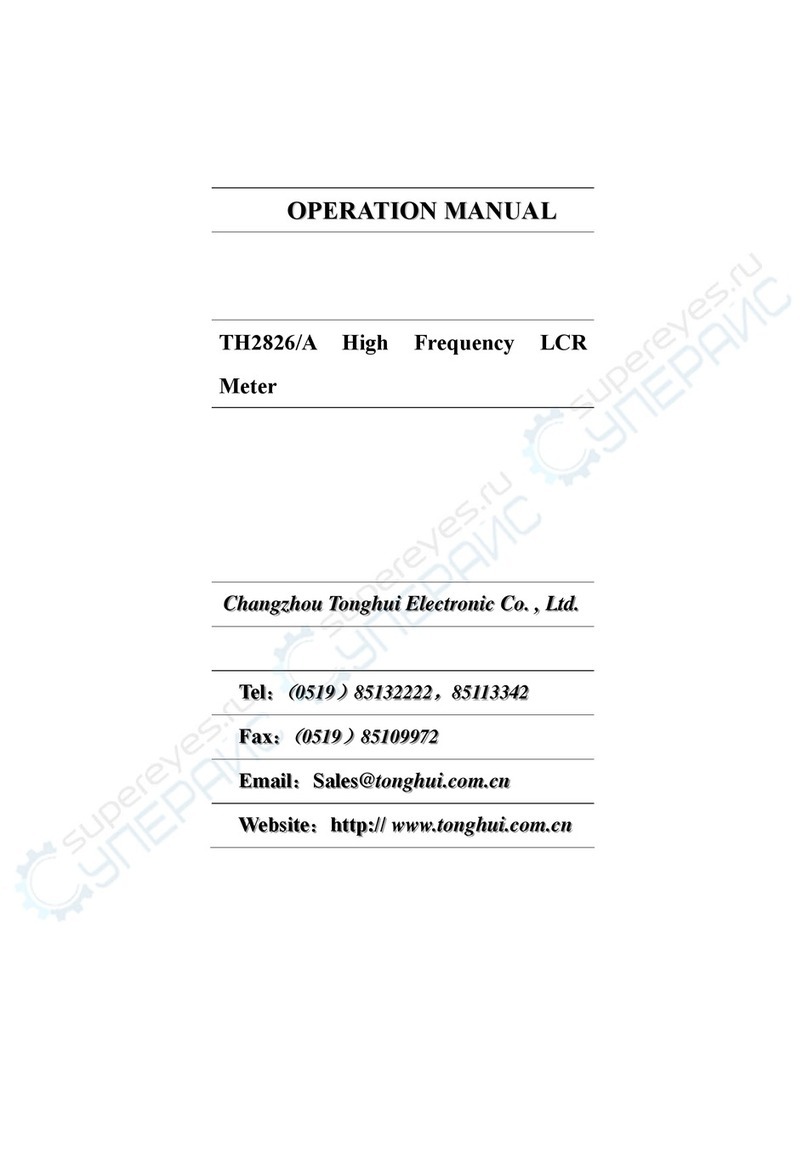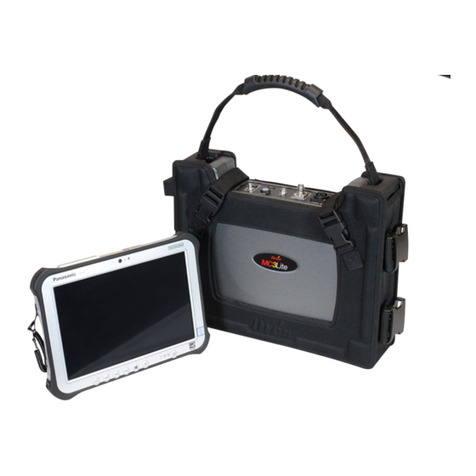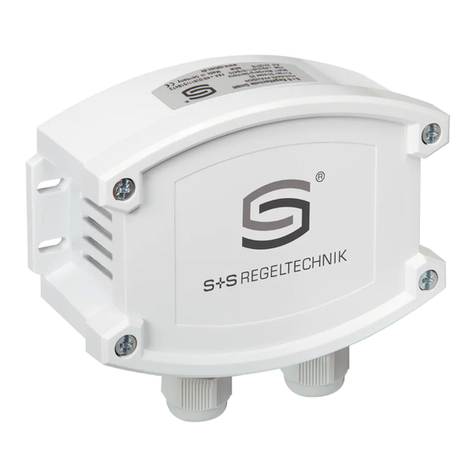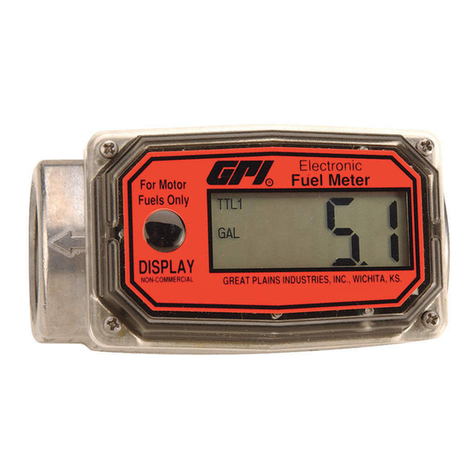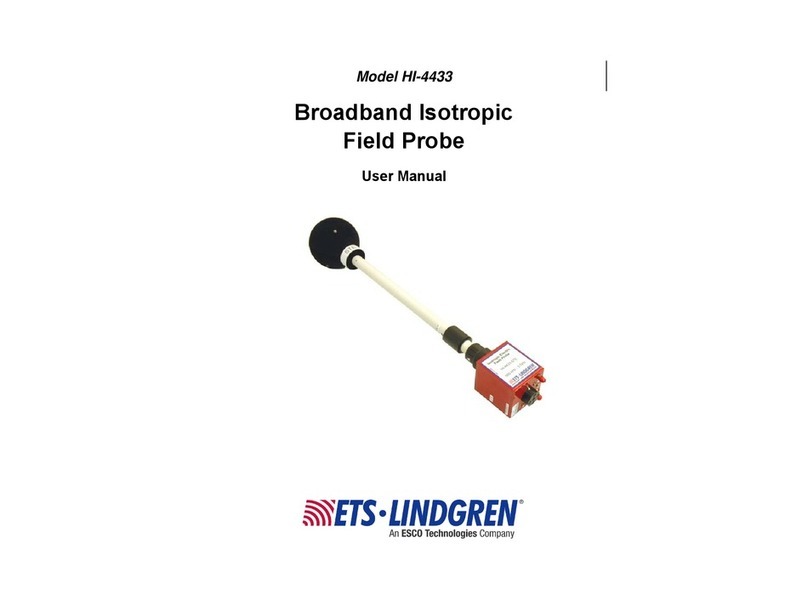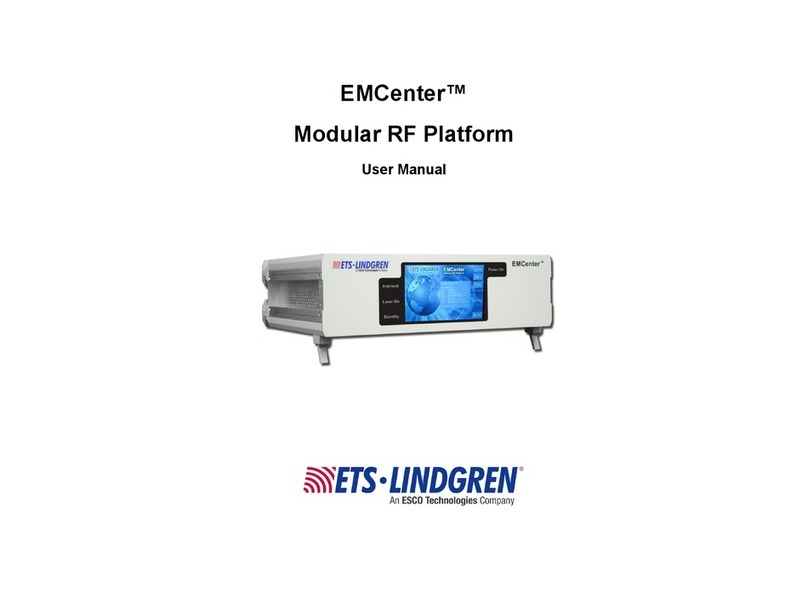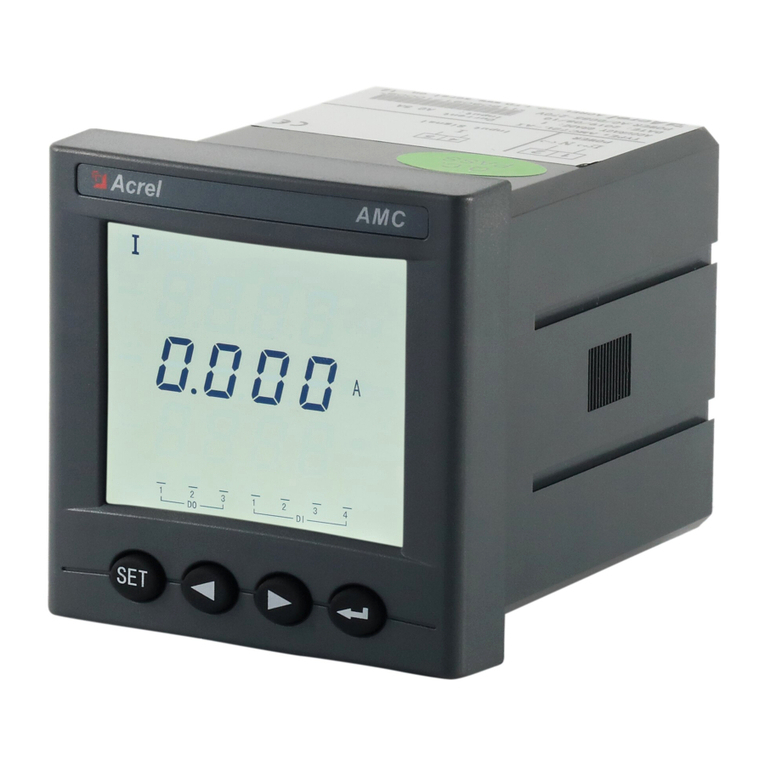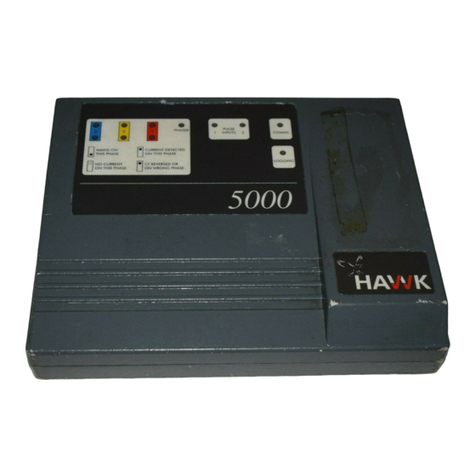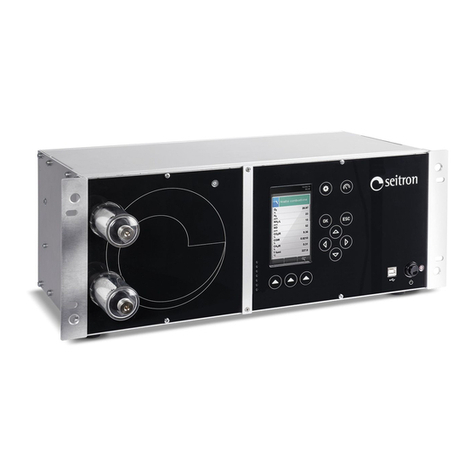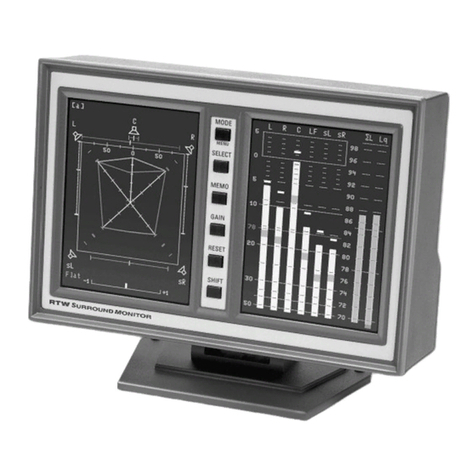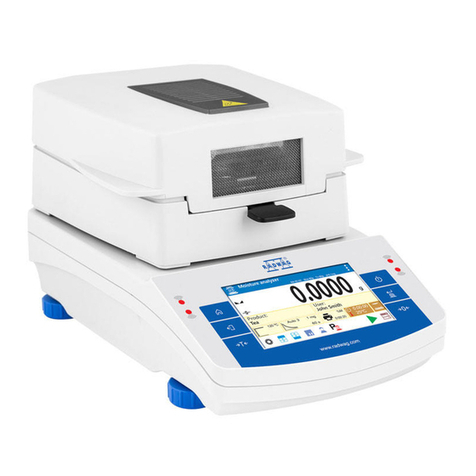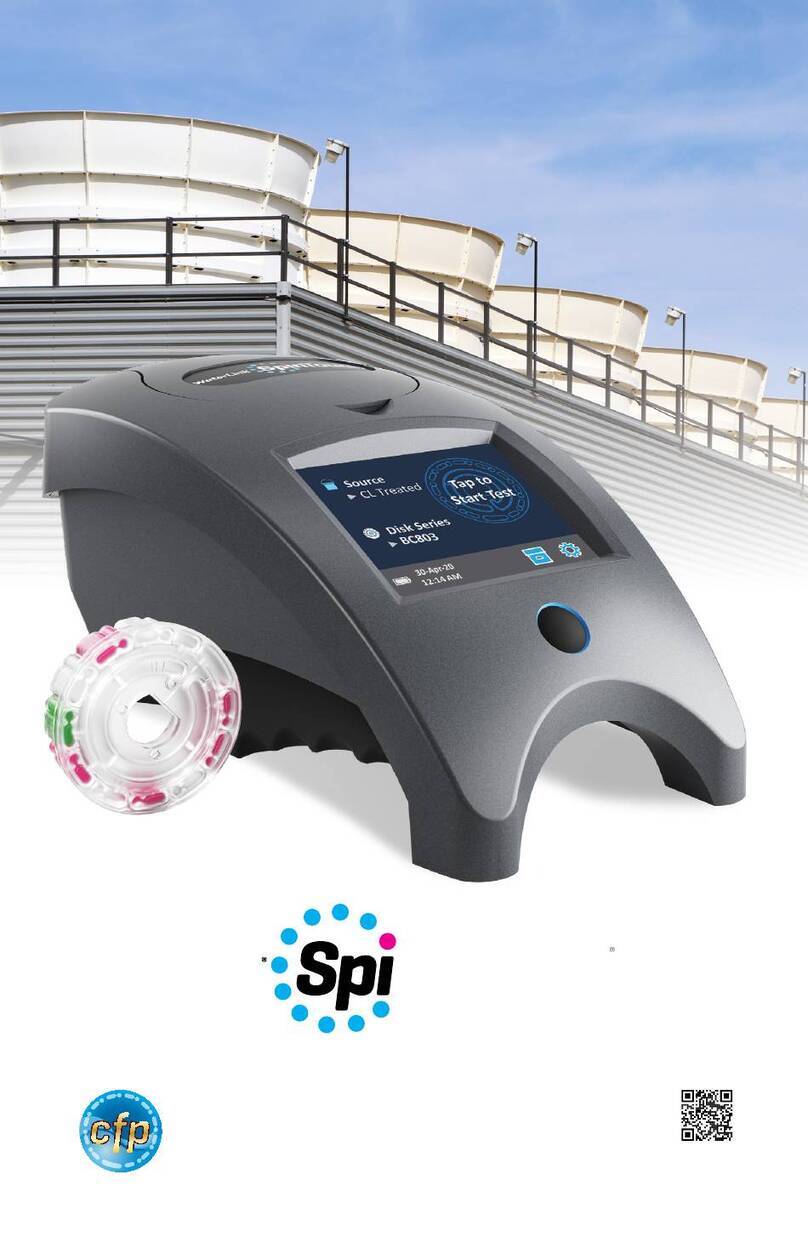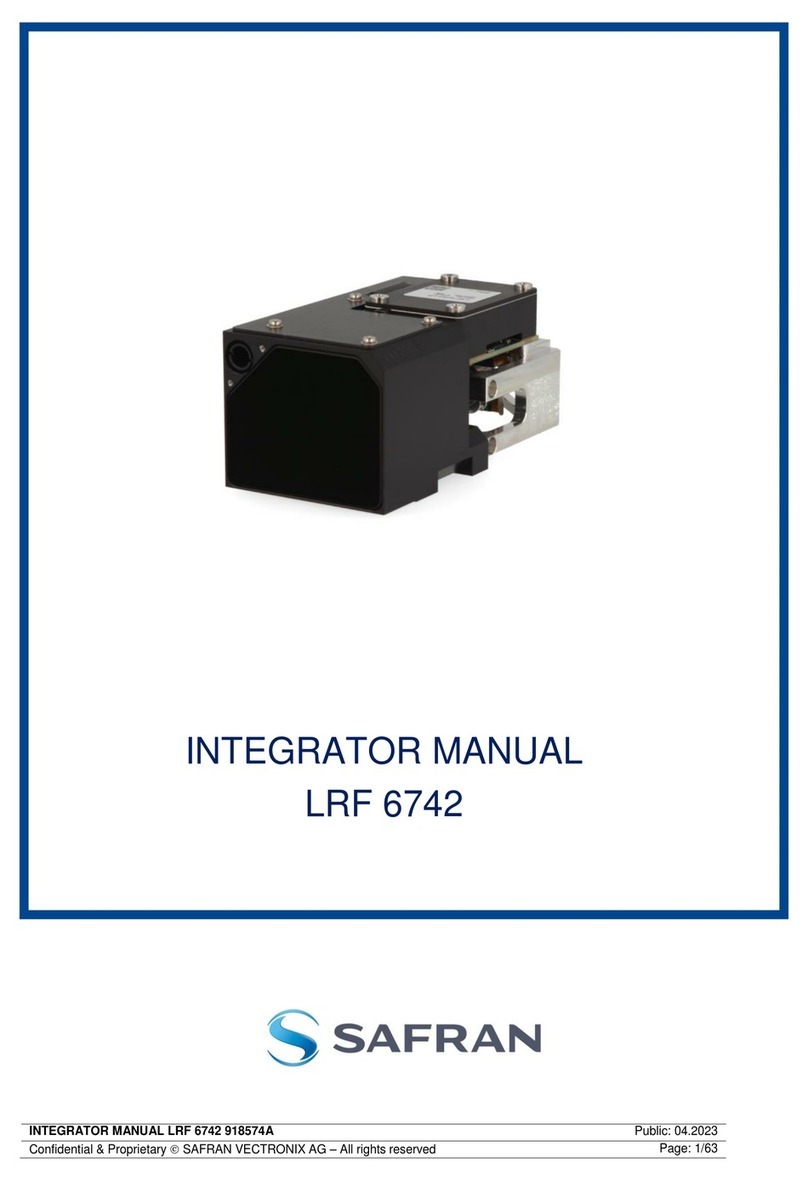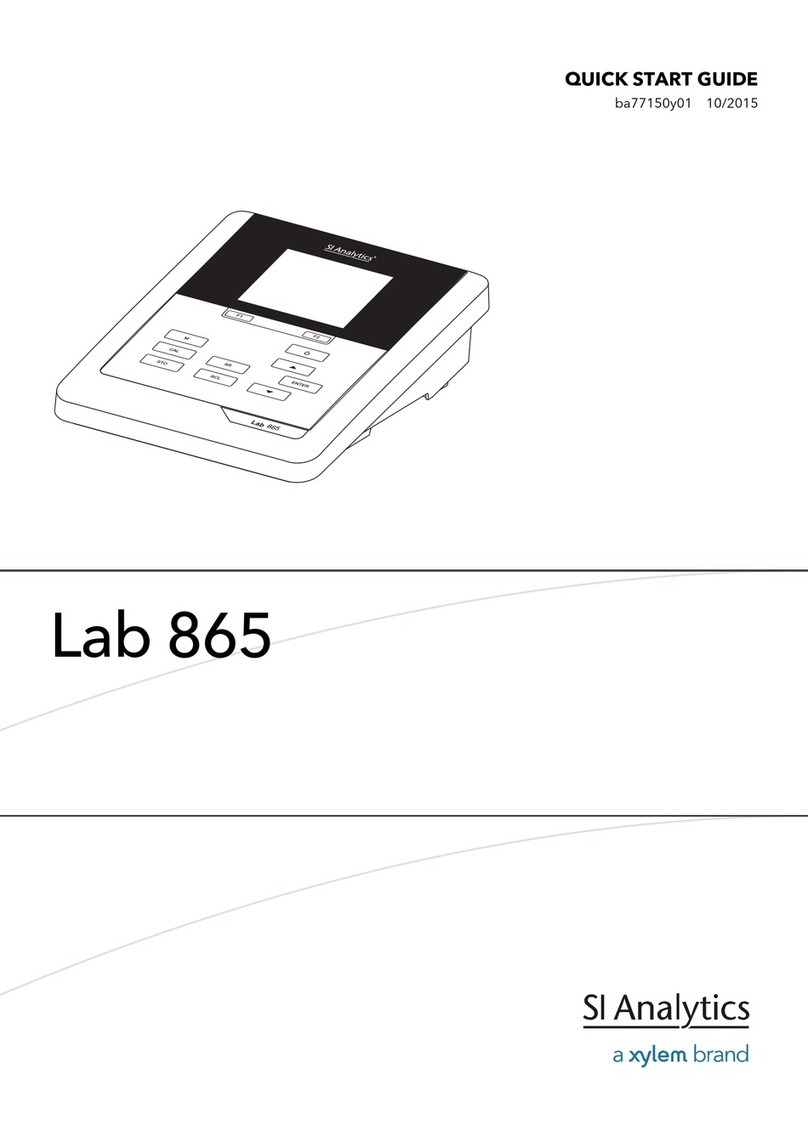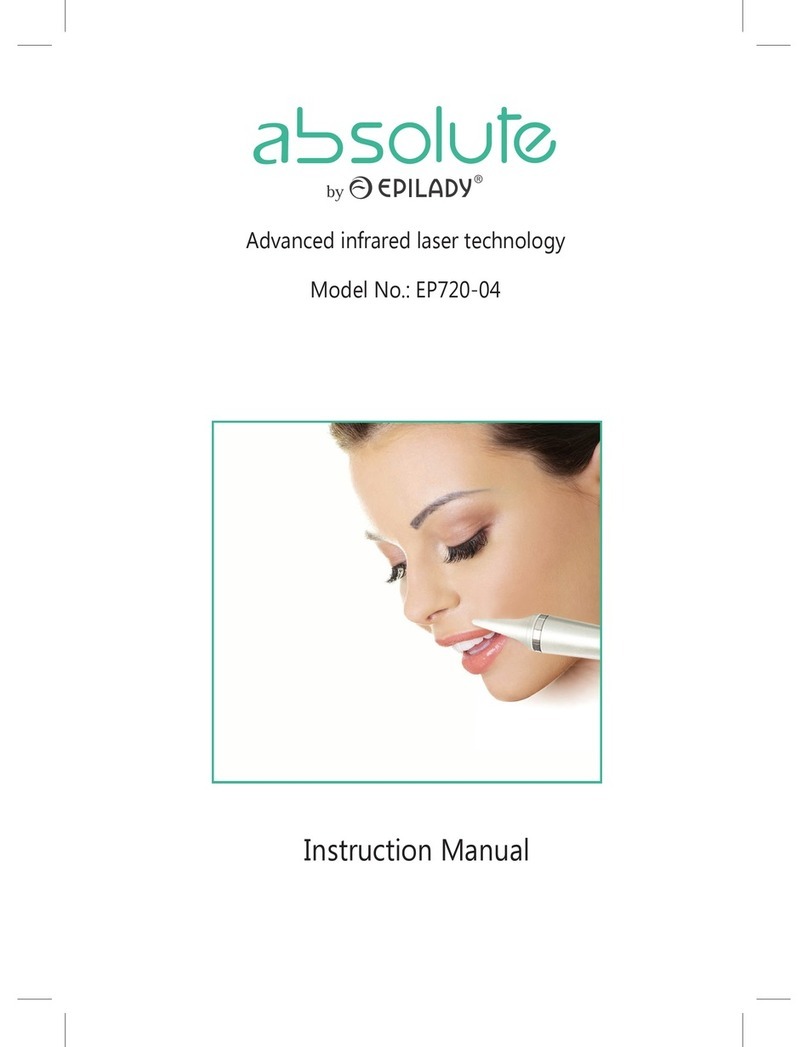
6
Keep Away from Silicone Compounds . . . . . . . . . . . . . . . . . . . . . . . . . . . . . . 22
Keep Away from High Air Flow . . . . . . . . . . . . . . . . . . . . . . . . . . . . . . . . . 22
Keep Away From a Water Stream . . . . . . . . . . . . . . . . . . . . . . . . . . . . . . . . 22
INSTALLATION 23
Mounting the OMS . . . . . . . . . . . . . . . . . . . . . . . . . . . . . . . . . . . . . . 23
Transmitter and Sensor . . . . . . . . . . . . . . . . . . . . . . . . . . . . . . . . . . . 23
Enclosure Mounting Feet . . . . . . . . . . . . . . . . . . . . . . . . . . . . . . . . . . 24
Dust Filter . . . . . . . . . . . . . . . . . . . . . . . . . . . . . . . . . . . . . . . . 24
Sample Draw Sensor Tubing . . . . . . . . . . . . . . . . . . . . . . . . . . . . . . . . . . 25
Using an Available Waveguide . . . . . . . . . . . . . . . . . . . . . . . . . . . . . . . . 25
Using Kit 55160 to Install Waveguide. . . . . . . . . . . . . . . . . . . . . . . . . . . . . . 26
Wiring . . . . . . . . . . . . . . . . . . . . . . . . . . . . . . . . . . . . . . . . . . . 27
Connecting a Remote Horn and Strobe to OMS . . . . . . . . . . . . . . . . . . . . . . . . . . 28
Connecting a Remote Fan Contactor to OMS . . . . . . . . . . . . . . . . . . . . . . . . . . . 29
Initial Startup . . . . . . . . . . . . . . . . . . . . . . . . . . . . . . . . . . . . . . . . 30
OPERATION 31
Joystick Operation . . . . . . . . . . . . . . . . . . . . . . . . . . . . . . . . . . . . . . 31
Main Operation Mode . . . . . . . . . . . . . . . . . . . . . . . . . . . . . . . . . . . . . 31
Internal Sample Flow Rate . . . . . . . . . . . . . . . . . . . . . . . . . . . . . . . . . . . 32
Signal Outputs . . . . . . . . . . . . . . . . . . . . . . . . . . . . . . . . . . . . . . . 32
Instrument Faults . . . . . . . . . . . . . . . . . . . . . . . . . . . . . . . . . . . . . . 32
Loss of Power Indicator . . . . . . . . . . . . . . . . . . . . . . . . . . . . . . . . . . . . 33
Alarm Reset . . . . . . . . . . . . . . . . . . . . . . . . . . . . . . . . . . . . . . . . 33
PROGRAMMING THE OMS 35
Program Flowchart . . . . . . . . . . . . . . . . . . . . . . . . . . . . . . . . . . . . . . 35
Passwords . . . . . . . . . . . . . . . . . . . . . . . . . . . . . . . . . . . . . . . . . 39
Enter Password . . . . . . . . . . . . . . . . . . . . . . . . . . . . . . . . . . . . . . 39
Change Password . . . . . . . . . . . . . . . . . . . . . . . . . . . . . . . . . . . . . 40
Enable/Disable Password Function . . . . . . . . . . . . . . . . . . . . . . . . . . . . . . 41
Main Menus and Submenus . . . . . . . . . . . . . . . . . . . . . . . . . . . . . . . . . . 41
Set 4–20 mA Loop . . . . . . . . . . . . . . . . . . . . . . . . . . . . . . . . . . . . . 41
Set Formats . . . . . . . . . . . . . . . . . . . . . . . . . . . . . . . . . . . . . . . 42
Set Alarm Threshold Polarity . . . . . . . . . . . . . . . . . . . . . . . . . . . . . . . . . 42
Set Latching . . . . . . . . . . . . . . . . . . . . . . . . . . . . . . . . . . . . . . . 43
Reset Latching Alarm . . . . . . . . . . . . . . . . . . . . . . . . . . . . . . . . . . . . 44
Set Alarm Delay . . . . . . . . . . . . . . . . . . . . . . . . . . . . . . . . . . . . . . 44
























